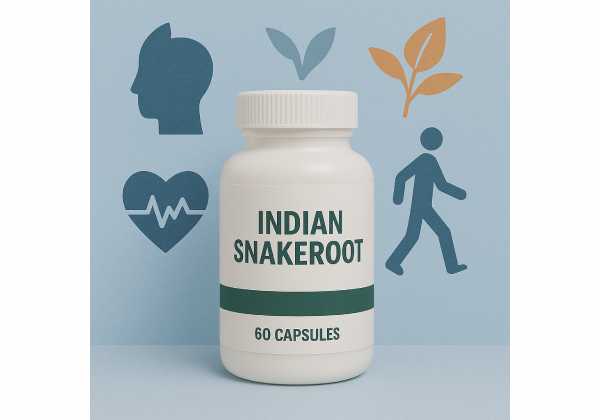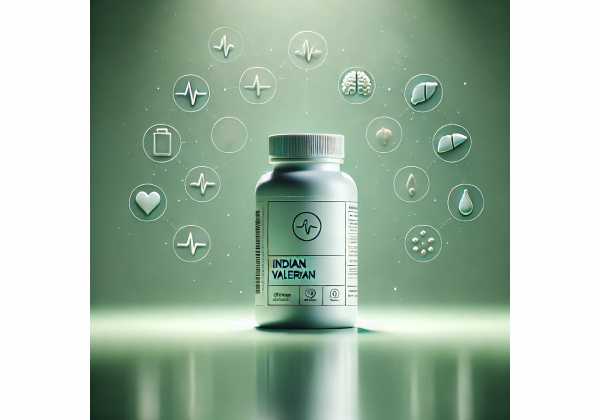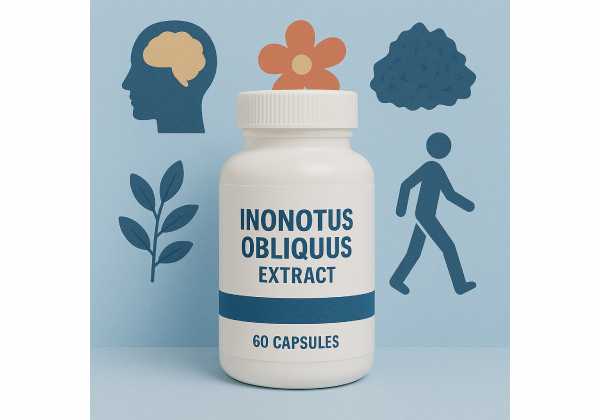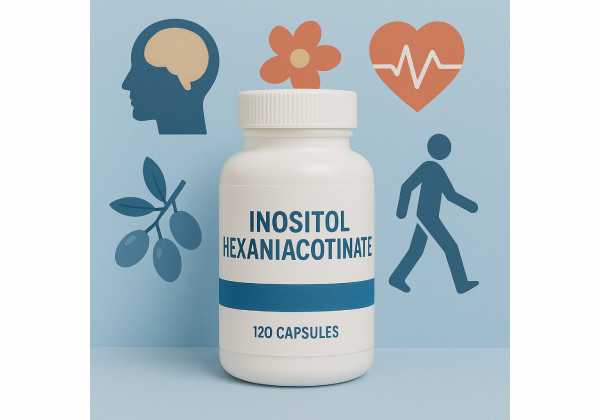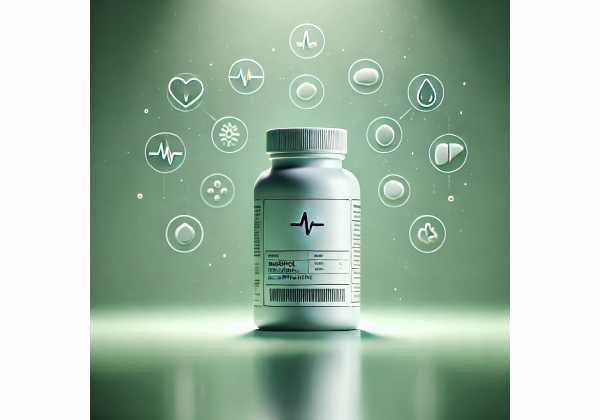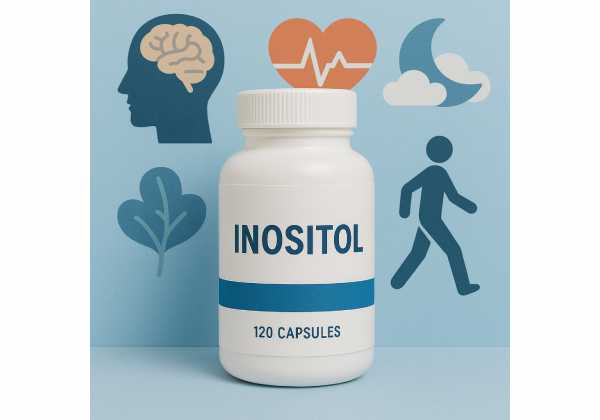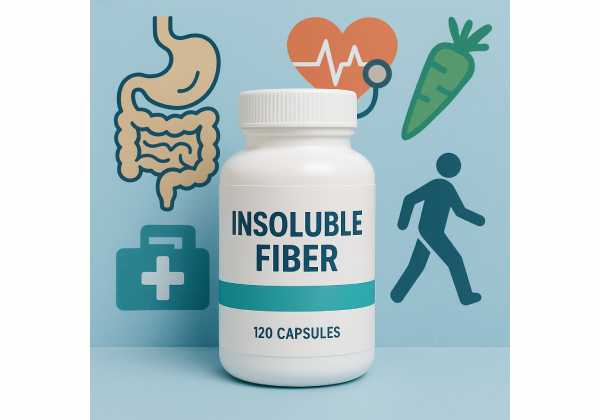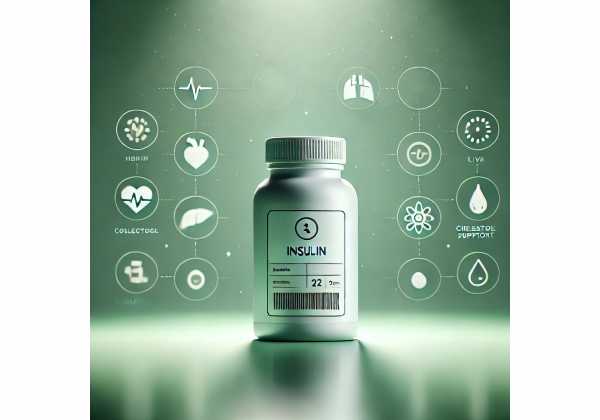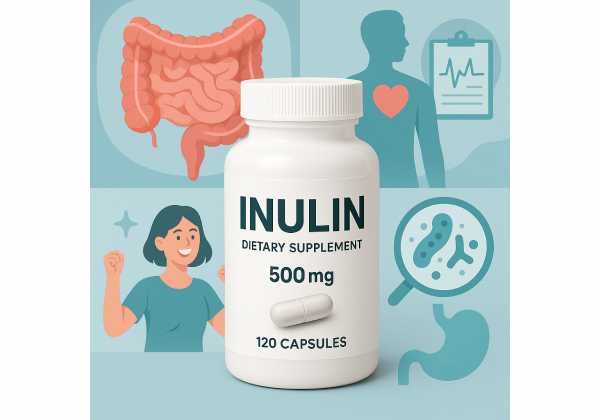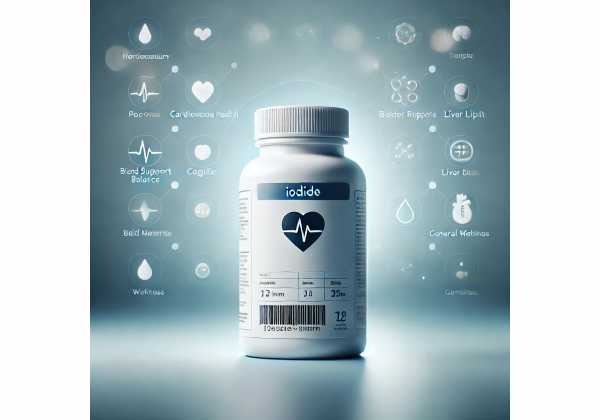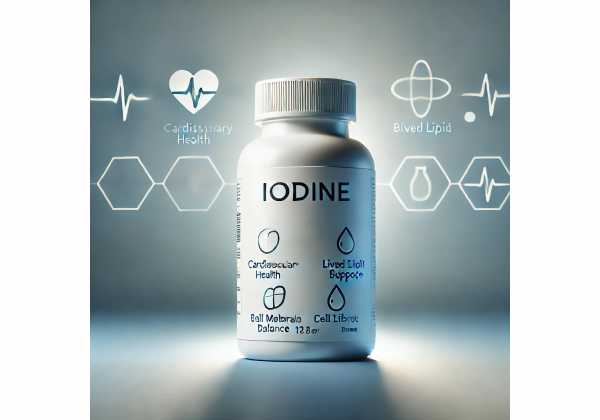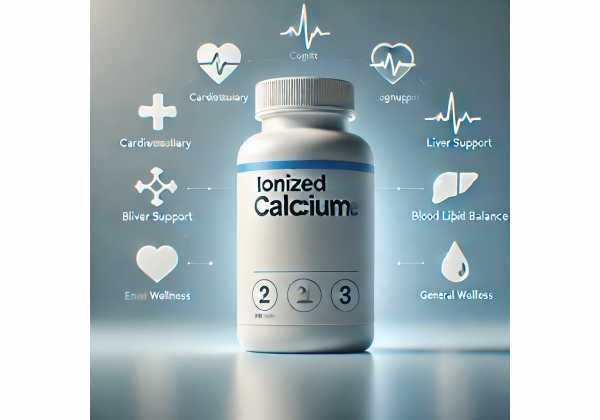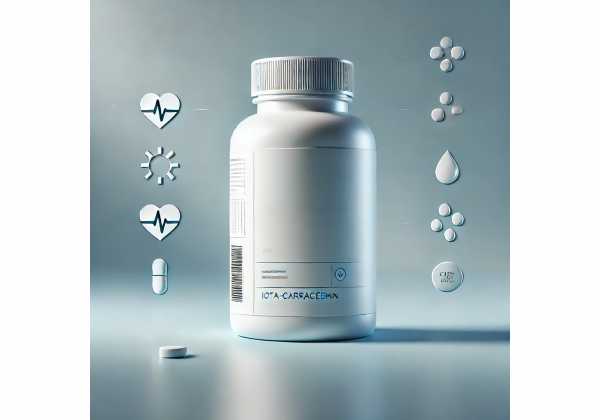Indian snakeroot: Evidence for Hypertension and Calming Effects, Best Preparations, Dosage, and Side Effects
Indian snakeroot (Rauwolfia serpentina), called Sarpagandha in Ayurveda, is a classic medicinal root used for centuries across South and Southeast Asia for nervous agitation, high blood pressure, and sleep troubles. Its best-known alkaloid, reserpine, helped pioneer modern hypertension therapy. Today, whole-root preparations and standardized extracts remain in use in traditional systems, while purified reserpine is used cautiously under medical...
Indian valerian: Evidence for Sleep and Anxiety Relief, Best Preparations, Dosage, and Side Effects
Indian valerian (Valeriana jatamansi, formerly V. wallichii) is a Himalayan valerian species used across Ayurveda, Siddha, and traditional Chinese medicine for sleep, anxiety, and nervous system balance. Its aromatic rhizome carries a distinctive profile of iridoids, valepotriates, lignans, and sesquiterpenes that act on GABAergic, monoaminergic, and stress-response pathways. Compared with the European species (Valeriana officinalis), Indian valerian is chemically...
Indigestible dextrin: Blood Sugar Support, Satiety Effects, Daily Dosage, and Side Effects Explained
Indigestible dextrin—also called resistant dextrin or, in some products, soluble corn fiber—is a versatile soluble fiber made by carefully heating and processing starch so that human digestive enzymes can’t break it down in the small intestine. That “resistance” lets it travel to the colon, where gut microbes ferment it to short-chain fatty acids that can support metabolic and digestive...
Indigo naturalis: Evidence for Ulcerative Colitis and Psoriasis, Practical Use, Dosage, and Risks
Indigo naturalis—also known as Qing Dai—is a traditional blue pigment prepared from several plants, most commonly Baphicacanthus cusia, Polygonum tinctorium, and Isatis tinctoria. In East Asian medicine, finely milled powder or extracts have long been applied to stubborn skin conditions and, more recently, studied for ulcerative colitis. Modern research points to active constituents such as indigo, indirubin, and tryptanthrin...
Indigo pulchra: Gut Support Benefits, How to Use, Dosage Guidance, and Safety Risks
Indigo pulchra (botanical: Indigofera pulchra) is a small legume native to tropical Africa that appears in several traditional pharmacopeias. Healers often prepare the aerial parts as teas, decoctions, or poultices for stomach upset, diarrhoea, skin irritation, and general inflammation. Modern lab studies have started to explore these uses, reporting antispasmodic and antidiarrhoeal actions in animals and effects on intestinal...
Indirubin: Evidence for Ulcerative Colitis and Psoriasis, Uses, Dosing, and Side Effects
Indirubin is a naturally occurring red-violet molecule best known as a minor component of indigo naturalis (Qing-Dai), a traditional extract from indigo-bearing plants. In modern research, indirubin and its analogues are prized because they can inhibit key enzymes that drive cell division and inflammation. That has made them leads for drug development in oncology, dermatology, and inflammatory bowel disease—not...
Inonotus obliquus extract: What It Is, Evidence-Backed Uses, Recommended Dosage, and Side Effects
Inonotus obliquus—better known as chaga—is a sterile conk that forms on birch trees in cold climates. The extract is rich in water-soluble polysaccharides (including β-glucans), polyphenols, and darker melanin pigments, alongside alcohol-soluble triterpenes such as inotodiol and betulinic derivatives (sourced from birch). These compounds underpin claims for antioxidant, immune-modulating, and anti-inflammatory actions. Interest has surged in chaga tea, dual-extract...
Inositol hexaniacotinate: Circulation Support for Raynaud’s and Claudication, Evidence, Dosage, and Risks
Inositol hexaniacotinate—often labeled as inositol hexanicotinate, inositol nicotinate, or simply “no-flush niacin”—is a compound that links six molecules of nicotinic acid (niacin) to one molecule of myo-inositol. It was created to deliver niacin gradually, reducing the warm, red flushing that many people find uncomfortable with immediate-release niacin. You will see it promoted for circulation (cold hands, intermittent claudication, Raynaud’s...
Inositol hexaphosphate: What It Is, Who Should Take It, Optimal Timing and Dose, and Safety Warnings
Inositol hexaphosphate (IP6)—also called phytic acid or myo-inositol hexakisphosphate—is a naturally occurring compound found in whole grains, legumes, nuts, and seeds. As the primary phosphorus store in plants, it binds minerals tightly and influences how we absorb calcium, iron, and zinc. In supplements, IP6 is promoted for kidney stone prevention, metabolic support, bone and vascular health, and as an...
Inositol nicotinate: No-Flush Niacin Benefits, Evidence for Raynaud’s and Claudication, Dosage and Side Effects
Inositol nicotinate—also called inositol hexanicotinate (IHN)—is a compound that links six molecules of nicotinic acid (niacin) to one molecule of inositol. It’s commonly marketed as a “no-flush” form of niacin because it releases nicotinic acid slowly, which reduces the classic warmth and redness many people feel with immediate-release niacin. People typically consider it for circulatory complaints such as cold,...
Inositol: PCOS Support, Ovulation and Fertility Benefits, Dosage, and Side Effects
Inositol is a vitamin-like carbohydrate found in whole grains, citrus, beans, and your own cells. In supplement form—especially as myo-inositol and D-chiro-inositol—it is best known for supporting ovulation and metabolic health in polycystic ovary syndrome (PCOS). It is also being studied in pregnancy (for gestational diabetes risk), mood and panic symptoms, and general insulin sensitivity. Most adults tolerate it...
Insoluble fiber: Digestive Benefits, How It Works, Best Food Sources, and Safe Dosage
Insoluble fiber is the sturdy, water-resistant part of plant foods that your digestive enzymes cannot break down. Instead of dissolving, it soaks up water, increases stool bulk, and speeds transit through the colon—helpful for regularity and comfort. Unlike soluble, gel-forming fibers that strongly influence cholesterol and blood sugar, insoluble fibers shine in mechanical effects: bulk, softness, and motility. They...
Insulin: Complete Guide to Benefits, Proper Use, Dose Calculation, and Hypoglycemia Prevention
Insulin is a life-saving hormone and medicine. Your pancreas makes it to move glucose from the bloodstream into cells; when the body can’t make enough or can’t use it well, prescription insulin replaces or supplements that function. Modern insulins differ by how fast they start working and how long they last, letting clinicians tailor therapy for type 1 diabetes,...
Intestinal alkaline phosphatase: Gut Barrier Benefits, How It Works, Dosage Guidelines, and Safety
Intestinal alkaline phosphatase (IAP) is an enzyme made by the small-intestinal lining that quietly protects the gut every day. It helps neutralize inflammatory triggers from bacteria, supports tight-junction proteins that seal the intestinal barrier, and shapes a friendlier microbiome. When IAP activity is low, people may be more vulnerable to “leaky gut,” endotoxin exposure, and the downstream ripple effects...
Inula helenium extract: Prebiotic-Like Airway Support, Best Uses, Recommended Dosage, and Side Effects
Elecampane (Inula helenium) is a classic expectorant root with a bright, resinous aroma and a long record of use for stubborn coughs, chest tightness, and “cold-damp” congestion. Modern extracts concentrate key sesquiterpene lactones—especially alantolactone and isoalantolactone—along with volatile oils and phenolics that together shape its effects: easing airway spasm, thinning tenacious mucus, and modulating inflammatory signaling. Laboratory and animal...
Inula racemosa: Respiratory and Heart Benefits, How to Use, Dosage, and Safety Explained
Inula racemosa—known in Ayurveda as Pushkarmoola—is a Himalayan root long used for chest discomfort, breathlessness, and stubborn coughs. Modern phytochemistry highlights sesquiterpene lactones such as alantolactone and isoalantolactone, which show anti-inflammatory, antispasmodic, and cardioprotective actions in preclinical research. Traditional physicians often combine the root with supportive herbs for respiratory ease and heart comfort, while household use centers on gentle...
Inulin: Prebiotic Fiber Benefits, Best Ways to Use It, Dosage Guidelines, and Side Effects
Inulin is a naturally occurring, soluble dietary fiber found in chicory root, Jerusalem artichoke, agave, and many everyday foods. As a prebiotic, it feeds beneficial gut microbes that produce short-chain fatty acids supporting digestion, metabolic health, and the intestinal barrier. Many people use inulin to promote regularity, improve stool consistency, and gently increase fiber intake without large changes to...
Inulinase: Enzymatic Hydrolysis of Inulin Explained, Applications, Dosing, and Side Effects
Inulinase is an industrially important enzyme that breaks down inulin—a plant storage carbohydrate richly found in chicory, Jerusalem artichoke, and agave—into shorter fructose chains and free fructose. That simple reaction powers a surprising number of real-world applications: producing low-glycemic sweeteners, creating prebiotic fructooligosaccharides (FOS), improving fruit juice clarification, and valorizing agri-food byproducts into higher-value ingredients. In food processing, inulinase...
Invertase: Food Industry Benefits, How It Works, Dosage Guidelines, and Safety
Invertase—also known as β-fructofuranosidase (EC 3.2.1.26)—is the enzyme that splits sucrose into glucose and fructose. In foods, that reaction creates invert sugar, prized for its smooth sweetness, moisture retention, and resistance to crystallization. Bakers, chocolatiers, ice-cream makers, brewers, and beverage formulators all rely on invertase to fine-tune texture, sweetness, and shelf life. Outside food, the enzyme appears in biotech...
Iodide: Best Food Sources and Supplements, How Much to Take, and Who Should Avoid High Doses
Iodide is the bioactive form of iodine—the negatively charged ion the thyroid gland captures to build the hormones thyroxine (T4) and triiodothyronine (T3). Because the body cannot make iodine, small, steady amounts of iodide from food, iodized salt, or supplements are essential to keep metabolism, temperature control, and brain development on track. In most adults, meeting daily needs is...
Iodine: Health Benefits, Daily Requirements, Best Food Sources, Dosage, and Safety
Iodine is a trace mineral your thyroid turns into the hormones thyroxine (T4) and triiodothyronine (T3). Those hormones set the pace for metabolism, body temperature, heart rate, and brain development in pregnancy and early childhood. Because the body cannot make iodine, we rely on food, iodized salt, or supplements to meet daily needs. In many countries, salt iodization has...
Iodixanol: When to Choose It, Imaging Uses, Recommended Dosage, and Side Effects
Iodixanol is an iso-osmolar, nonionic, dimeric iodinated contrast agent used to enhance blood vessels and organs on X-ray–based imaging such as CT and angiography. “Iso-osmolar” means its osmolality is similar to human plasma, a property designed to improve patient comfort and reduce certain physiologic shifts compared with older, high-osmolar agents. Iodixanol is supplied in two strengths (270 and 320...
Ionized calcium: Health Benefits, When to Test, Evidence-Based Dosage, and Safety
Ionized calcium is the physiologically active form of calcium circulating in your blood. Unlike “total calcium,” which includes calcium bound to proteins and anions, ionized calcium refers only to the free Ca²⁺ that drives muscle contraction, nerve transmission, blood clotting, and hormone release. Measuring it directly can clarify confusing lab pictures—especially in critical illness, after major surgery, during massive...
Iota-carrageenan: Antiviral Nasal Spray Benefits, Proper Use, Dosage Guidelines, and Side Effects
Iota-carrageenan is a sulfated polysaccharide extracted from red seaweeds and best known as a food-grade gelling and thickening agent. In recent years it has also appeared in over-the-counter nasal sprays, where it acts as a topical antiviral barrier rather than a systemic drug. In laboratory and clinical settings, iota-carrageenan binds to many respiratory viruses in the mucus layer, helping...

